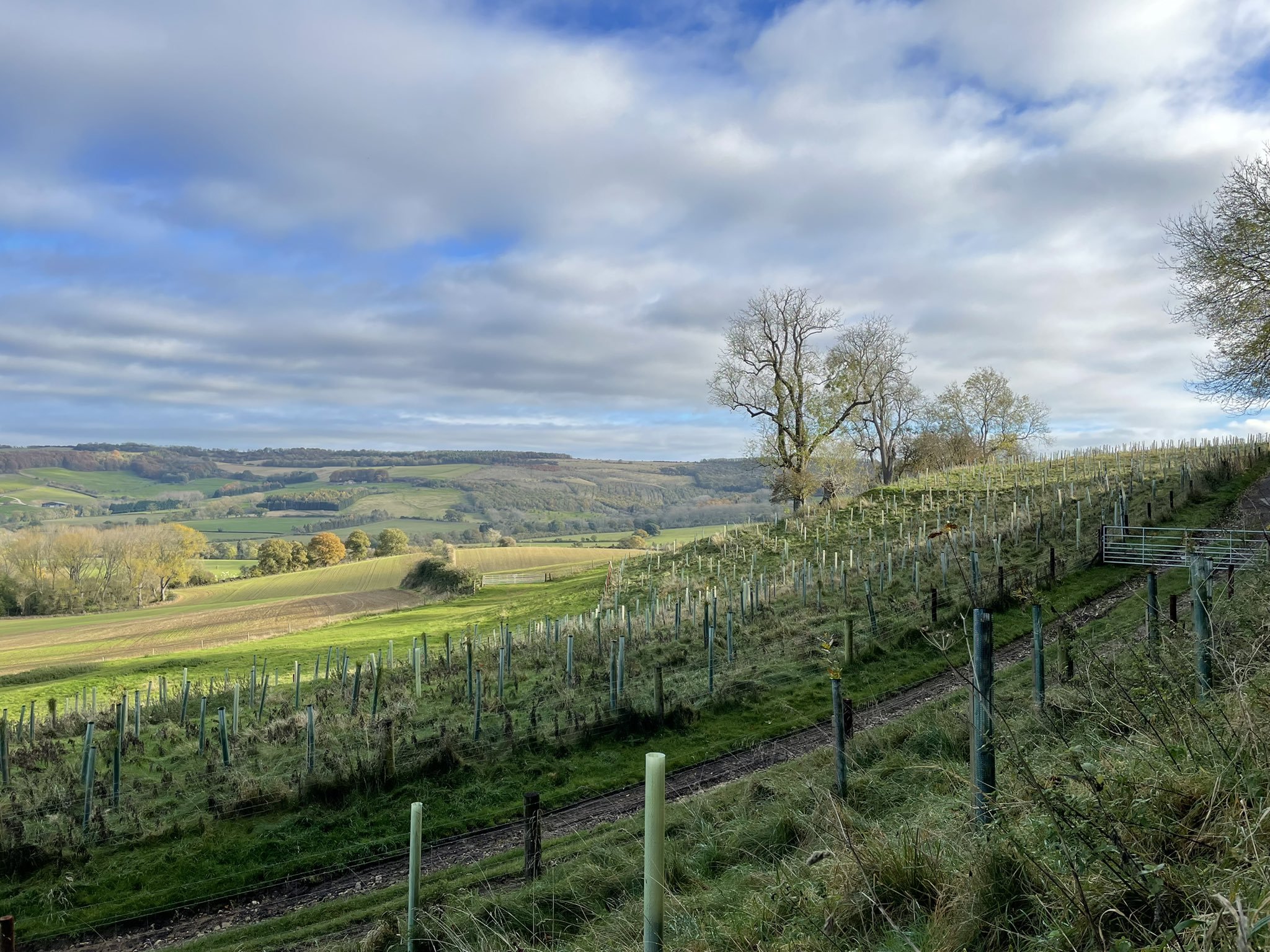Increase farm productivity and profitability with agroforestry & rewilding
Agriculture and conservation have been at odds for too long, but sustainable agriculture and rewilding are an overlapping venn diagram, which can improve crop yields, and increase farm profitability. Many conservation groups preach about reclaiming land from farmers, but the only thing that’ll make a real difference to the future of the planet is cooperation. That’s why we set up the Protect Earth charity—a big part of our mission is to give farmers the resources to work more harmoniously with the planet, and in turn to bolster the productivity of their farmland.
Organisations like Farm ED and Famer and Wildlife Advisory Group SW have been working with farmers to open up their land for agroforestry or biodiversity projects, which give nature a chance to flourish, whilst positively impacting crop yields and livestock welfare. Here are just a few kinds of agroforestry we’ve witnessed the benefits of firsthand, and why we believe there’s no need for a hard choice between rewilding and farming.
When it comes to agroforestry, there are countless ways to improve agricultural yields by adding value to ‘less favourable land.’ These include everything from tree and wildflower meadow planting on buffers, to establishing hedgerows and shelterbelts, to removing invasive plant or animal species, even reintroducing lost species. Each can have immense benefits to a farm’s efficiency, while also reducing its impact on the beautiful countryside they call home.
These can be implemented at a range of scales, with different purposes in mind. At larger scales these methods can help improve the diversity of production with new foods, forage, timber and fuel wood. On smaller scales, such as in dot or cluster planting, trees and hedgerows can help restore soil, preserve water, regulate climate and improve biodiversity.
A great example, and one the Protect Earth Chairman Phil Sturgeon is deathly passionate about, is establishing proper hedgerows, windbreaks, riparian buffer strips and shelterbelts. These not only help to tackle climate change by storing carbon, they help to reduce soil erosion—at the same time minimising the need for excessive chemical fertilisers—and can prevent wind damage to crops, give shelter to livestock, even trivialise the impact of flooding. Buffer strips in all their forms provide resources for foraging pollinators, and just a single hedge can provide a home for over 2,000 different animal species—including birds that snack on crop-destroying bugs.
Similarly, Silvopastoral systems have the advantage of offering livestock shade and shelter from the wind, along with extra variation in their diet, and even fantastic, natural scratching posts. One great benefit is that farmers can lamb earlier, and get their lambs to market while the prices are high. At the same time, a woodland border provides biosecurity, preventing the transferral of diseases between livestock in the next field.
Then we have Silvoarable systems: planted alongside crops, trees can enhance microclimatic conditions and help recycle soil nutrients to retain fertility. Whether farmers opt for alley cropping, copse growing, or simply scattering trees along hedgerows and belts, research demonstrates these systems create no long term issues for agricultural production. If coppice schedules are planned well around a combined system, it’s possible to minimise shade for the arable crops while maximising browse and shelter for livestock.
These are only a few examples of how agroforestry can improve the resilience and profitability of farms, but while the long term benefits are clear for farmers, wildlife and the ozone alike, many are understandably concerned about the potential costs involved in starting a project like this. That’s where we come in—provided you have a plot that’s suitable for tree planting, Protect Earth will help sort everything else. We can provide farmers with advice and help applying for grants, and we’re happy to fund rewilding projects ourselves when the grants are not applicable or available.
Specifically we are looking for more people interested in planting shelterbelts, woodland blocks, and dot planting trees in livestock fields using cactus guards which we’re experimenting with. We can provide all this to farmers and other landowners for free depending on grants and funding options, we just need landowners interested in doing it.
Please get in touch if that is you.




